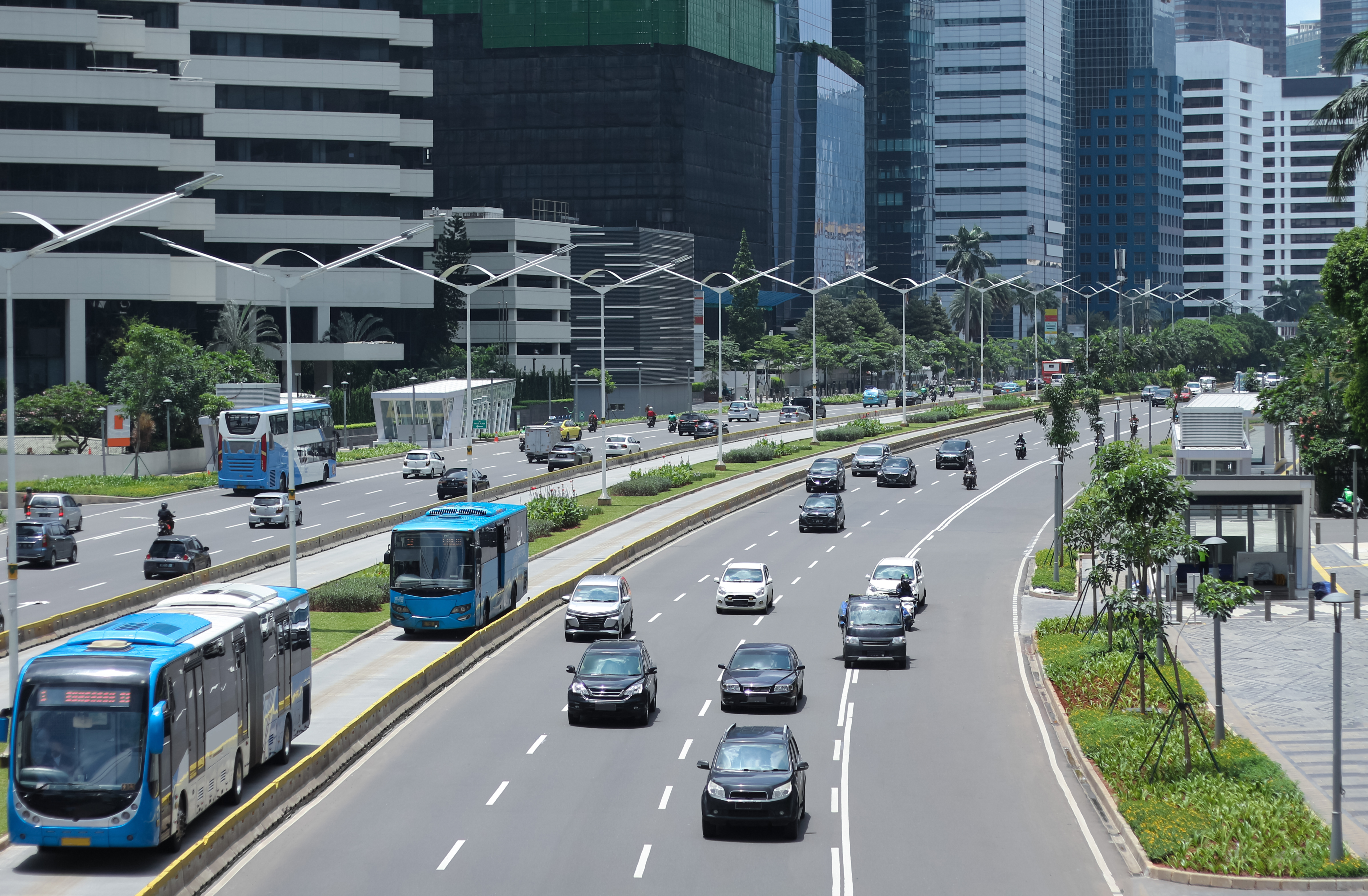Alternative to greyhound buses
UrbanTwinTrain conforms perfectly for all types of rail transport (trams, LRT), as well as for transport on rubber wheels, for example, BRT, ART. UrbanTwinTrain on the basis of rubber-wheeled transport can be integrated both on a permanent basis and as a transitional option to rail transport.
The main advantage of BRT introduction based on UrbanTwinTrain is the increased number of passengers transported with minimal impact on the road condition. Parallel movement of BRT buses does not create additional traffic jams at intersections, while increasing passenger traffic.

The possibility of equipping sections of the route with a contact network or charging stations allows electric buses to recharge their accumulators in these sections through pantographs. This decision has a beneficial impact on the environment, excluding emissions of exhaust gases and soot by diesel buses. In addition, this decision eliminates noise from internal combustion engines, which is especially relevant on the narrow streets of historical city centers. The use of buses with electric engines will completely eliminate the emissions of internal combustion engines in the future.
New light rail
The flexibility of UrbanTwinTrain allows the use of buses with the optimal length and various types of engines. Ultra-long buses can provide increased capacity, and the introduction of automotive systems will increase safety.
However, for all its advantages, BRT urban loses to rail transport. BRT emits less fine particles than normal bus transport. But particles from wear of tires and roadways still accumulate in large quantities, which does not solve the problems of air pollution as long as rubber wheels and ordinary road surfaces are used. Therefore, BRT can be an excellent option for transfer to rail transport.